By Jon Diamond
The often see-saw action across the North African littoral from 1940-1942 was fostered in part by both the British and Axis forces racing to innovate and implement novel tactics and upgraded weaponry.
From December 1940 through February 1941, British and Commonwealth forces under General Archibald Wavell were highly successful against the Italian Tenth Army in Cyrenaica, utilizing both surprise and the most heavily armored tank of its time, the Matilda Infantry tank. During Wavell’s Operation Compass, the Matilda, deploying a 2-pounder gun as its main armament, successfully engaged and defeated the more thinly armored Italian vehicles as well as infantry and artillery sangars in fortified positions.
After German General Erwin Rommel entered the Libyan battlefield in March 1941, tactics changed dramatically. As author Niall Barr has noted, “The Royal Artillery’s [2-pounder] anti-tank [AT] regiments provided the backbone of AT defence for infantry and armoured divisions….When the [2-pounder] gun was formally approved in January 1936, there was little doubt that it was the best AT gun in the world…. By 1940, the gun’s performance was less impressive and by 1941, once German tanks had been up-armoured, it was dangerously obsolete.” In combat against the Deutsches Afrika Korps (DAK), British and Commonwealth AT gunners could only knock out German panzers at extremely close range with the 2-pounder.
As a DAK tactical modification, for example, during Operation Crusader, Nazi tanks stayed well outside the effective range of the 2-pounder, while their own vaunted 88mm antiaircraft gun deployed in an antitank role destroyed the recklessly charging British armored squadrons that had to close the distance with the German panzers for their 2-pounder or 37mm tank guns to be effective. After the Germans destroyed the British armor, their artillery and advancing panzers, impervious to the 2-pounder armor-piercing shot at customary combat range, knocked the British guns out quickly. After decimating much of the British forward AT artillery, the DAK would then typically attack just before dusk with the sun at their backs with tanks and infantry close behind to overrun British positions.
An improved British 6-pounder gun was not due to arrive in North Africa in appreciable numbers until April 1942. A major reason for this delay rested on the sobering fact that over 500 2-pounder AT guns had been lost in France in 1940. The 6-pounder AT gun was ready to go into production after the Dunkirk evacuation; however, the munitions overseers were confronted with the quandary between retooling the factories or continuing production of 2-pounders to make good the loss first. Gun manufacturers were ordered to comply with the second option to avoid an interval in which the Home Isles would be devoid of a requisite number of AT guns of any kind.
The decision to continue manufacturing the 2-pounder, although expedient, was indeed problematic. The main deficiency with the 2-pounder as an AT weapon after Dunkirk was its lack of penetration at long range unless it could hit the enemy tank’s turret or be presented with a shot at the less-armored flank or rear of a panzer.
British Antitank Gun Stop-Gaps
Thus, the British desert commanders needed to drastically change their field gun tactical doctrine because of the disadvantage under which the Eighth Army operated. Once the Germans had learned to stand off and suppress the 2-pounders with machine-gun and artillery fire, the guns ceased to be of much value. Until the 6-pounders arrived, an alternative AT weapon would be needed. The British addressed the problem by increasingly employing their excellent 25-pounder field gun, the mainstay of the field artillery regiments, in an AT role. Thus, the 25-pounder field gun was drawn into the desert battles as a direct-fire weapon to protect the infantry. Fortunately, its indirect fire role was not abandoned; however, every British formation commander demanded a share of the artillery guns, which, in fact, did dissipate the barrage artillery effort of the 25-pounder.
Not only did this tactic often deprive the British field artillery of its ability to develop concentrated fire, but it also increased losses among the 25-pounder guns and crews from their often forward positions as AT weapons. The 25-pounders were not deployed in a purely AT pattern, but in a dual role with the guns situated forward in open positions, sometimes in front of the infantry. Another tactical modification was for frontline British commanders to requisition tanks to be detached from the armored brigades for use with desert infantry columns. Likewise, this maneuver, although affording the infantry some much-needed protection, lessened the firepower of the armored brigade.
AA as AT?
One glaring question along tactical lines then is why the British did not use an AA gun in a similar AT fashion as the Nazis employed their 88mm guns. Some have argued that there was an alternative solution to the deficiencies of the 2-pounder AT gun while Eighth Army awaited the debut of the 6-pounder. The arrival in service of the 3.7-inch heavy AA gun made the older 3-inch 30-cwt medium AA gun, with an excellent AT potential, redundant.
According to author Michael E. Haskew, “The grandfather of British AA weapons was the venerable Ordnance QF, 3-inch 30 cwt, which had been in service with the army as early as 1914. The 3-inch weapon was, by 1939, widely in use as a static and mobile gun, and it was deployed to the continent with the British Expeditionary Force in 1939. By the beginning of WWII, the 3-inch gun existed in numerous configurations, including a variety of breechblocks and carriages. While troops in the field preferred the lighter weapon over its proposed replacement, the 3.7-inch cannon, most of the guns were abandoned during the evacuation at Dunkirk in the summer of 1940 and captured by the Germans who renamed them the 75mm Flak Vickers (e). Some of the 3-inch guns found extended life in Home Guard units and coastal defenses, few of them remaining active by the end of the war.”
A conversion plan, in England, was in fact underway to fit 50 3-inch pieces onto Churchill tank chasses to provide a self-propelled model and 50 other such guns onto field carriages. Unfortunately, this refitting process was so slow that it was eclipsed by another upgraded ordnance modification, namely, the production of the 17-pounder AT gun. Thus, the project was abandoned. Critics have claimed that it would have been better to have shipped as many unmodified 3-inch 30 cwt guns as possible on their wheeled mountings to Egypt for deployment as AT direct-fire guns. It has been argued that these weapons would have been no more vulnerable than the unmodified German 88mm guns used in an AT role or the British 2-pounders, which were habitually fired over the tailboards of their portee trucks.
A number of issues to such a tactical paradigm shift immediately arose, however. First, from a theoretical standpoint dual-purpose guns were problematic because of the difficulty in blending the requirements for each type and because each was deployed differently on the battlefield. Second, from a logistical perspective, the 4.5-inch gun for use in fixed emplacements and a mobile 3.7-inch, both with effective ceilings of 25,000-30,000 feet, were available when the war broke out. However, the decision to refit these modern AA weapons as AT guns was deferred since the use of these weapons was almost strictly prioritized for the defense of the home air space. Although the dark days of the Battle of Britain and the Operation Sea Lion scare had passed, the Blitz on Britain’s civilian population was still in full throttle.
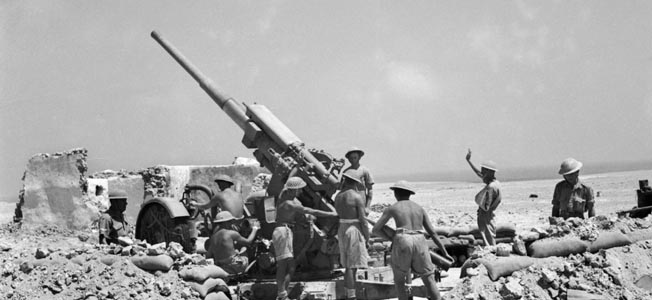
According to authors John Bierman and Colin Smith, “For the British tank crews the odds against survival were alarmingly shortened by the range and accuracy of the German 88s, and there was considerable resentment within the Eighth Army at the failure of their superiors to give them a comparable weapon, which many believed was already at hand if only the general staff had the wit to adapt it and press it into service. This was the British 3.7-inch (94-mm) anti-aircraft gun, and Lieutenant (later Major) David Parry of the 57th Light Anti-Aircraft Regiment, Royal Artillery, for one, felt there was ‘no excuse for the sheer stupidity of the General Staff’ in not allowing it to be used in an anti-tank role…. He recalled in a post-war memoir: ‘During all this time over a thousand 3.7-inch AA guns stood idle in the Middle East…. Many never fired a shot in anger during the whole of the war.’”
Developing the 3.7-Inch Gun
In the late 1930s, the British Army was researching the idea for a weapon between the 3-inch and 4.7-inch guns. After gunners had done some investigation, it was found that a 3.7-inch gun firing a 25-pound shell could fill the gap, and so in 1933 a specification for a 3.7-inch gun weighing eight tons, capable of being put into action in 15 minutes and being towed at 25 miles per hour, was issued. A design by Vickers in conjunction with the Woolwich Arsenal was accepted, and the prototype passed proof in April 1936 with production being authorized a year later.
The first production guns were delivered in January 1938. The main reason for this slow progress was the gun’s carriage. It was complex to what seemed an extreme. The gun was intended for use in the field by the Army and thus had to be fully mobile, but the final assembly can only be classified as semi-mobile. The gun and its cradle and saddle rested on a large firing platform, which in action rested on four outriggers. The front wheels were raised off the ground in action to provide some counterbalance for the weight of the gun mass, and the rear (towing end) axle was removed.
Production of the carriage soon proved to be a time-consuming bottleneck to the extent that production of a purely static carriage for emplacement in concrete began. As time went on the carriage was reengineered to a more manageable form. Thus, the first production carriage was the Mk1, the static carriage the MkII, and final production version the Mk III.
When the equipment was first issued the gunners did not take kindly to it, preferring the handier and familiar 3-inch gun, but even they came to appreciate that the performance of the 3.7-inch ordnance by far exceeded that of the older gun. In fact, the 3.7-inch had an excellent all-round performance even if moving it was sometimes less than easy. As more entered service, they were gradually fitted with improved centralized fire-control systems and such extras as power rammers and fuse setters. By 1941, the type formed the mainstay of the Army’s AA defenses. It proved an excellent weapon for the remainder of the war.
The 3.7-inch QF AA had two forms, a mobile mounting used with the field army and a static mounting, the latter capable of being repositioned. Peak production was reached for guns in March 1942 and for mountings in June 1942. As Haskew has noted, “Although it was slow to gain the appreciation of gun crews, the 3.7-in cannon ultimately proved to be an outstanding performer. By 1941, it was the primary anti-aircraft weapon in use by the British Army. The Germans respected the weapon highly and used those they captured in coastal defenses, renamed it the 94m Flak Vickers M.39 (e), and even manufactured ammunition for it.”
A Question of Priorities
Was the Ordnance, QF, 3.7-inch AA gun the correct weapon for dual deployment in an AT role and, if so, why was it not used more frequently and effectively? According to authors Shelford Bidwell and Dominick Graham, “There was much argument at the time, and since, over the refusal to use the British 3.7-inch (95 mm) heavy anti-aircraft gun in the same way as the Germans used the 88-mm FLAK.”
To an artillery novice, the 3.7-inch looked very similar to the German 88mm flak weapon. It was in fact a much heavier gun altogether, weighing about 20,500 pounds, and depended on a more sophisticated fire-control system without a telescopic sight. However, these technical disadvantages could have been overcome. The 3.7-inch guns did have their sighting arrangements improved to enable better AT shooting. Those against using it in an AT role claim that the outcome of the desert war depended on the Royal Air Force (RAF) winning and maintaining air control. This required that RAF fighters be freed as far as possible from the close defense of their airfields and major base and port installations, which were vital to all of Britain’s military arms.
Since defense of these installations was based on the proper mixture of AA guns and fighter aircraft, any reduction in the former would require an increase in the number of planes reserved for a purely defensive role as an air umbrella. Thus, it boiled down to “a question of priorities.” This factor may explain Lieutenant David Parry’s contention that hundreds of 3.7-inch AA guns stood idle in rear-echelon areas, namely airfields and port installations, while the tank battles of the Western Desert were raging, often with the DAK gaining the upper hand.
From a manpower perspective, up to 72 of the 3.7-inch guns (plus reserves for damaged gun and crew casualties), approximately two regiments, would have been required to make a significant impact against German armor. These two units would have required a complete training overhaul and reorientation for the dual deployment as AA and AT weapons. Furthermore, instruction into the two different patterns of deployment, perhaps even utilizing new unit and gun crew commanders, would be warranted since as an AT gun individual initiative and decentralization were vital. In contrast, central and strict fire control was utilized with AA guns. Until 1938, it had been standard practice for AA crews to be trained in a direct fire role. This dual deployment instruction was dropped to reduce costs and quicken training.
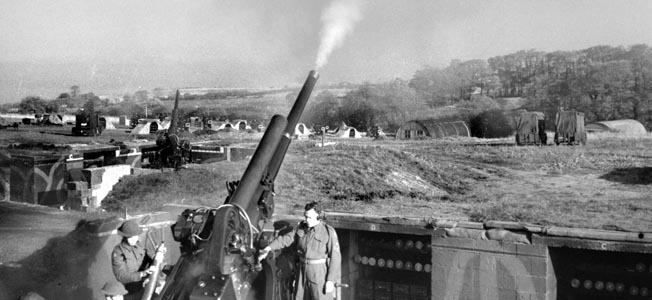
Other critics of using the 3.7-inch as a forward AT gun claim that in addition to its much greater weight than the German 88, it also had an extremely high silhouette, making it tactically unsuitable for use in forward areas. Prolonged firing at low elevations (not part of the original specification) also strained the mounting and recuperating gear. Some attempts were made to employ the 3.7-inch AA gun as an antitank weapon like the German 88. The 3.7-inch proved too sophisticated. It had been designed to work with radar data, while the German 88 had an optical sight that could be used on the ground and against aerial targets. The 3.7-inch gun weighed nine tons, quite ponderous for rapid deployment on the battlefield.
Proponents for a dual deployment role still argued that a dedicated AT carriage for the 3.7-inch gun would have produced a superior AT weapon, even though the gun was difficult to deploy and heavy, particularly for combat in the desert. Other advocates for the gun’s use as an AT weapon claimed, “All of these difficulties had been solved in theory by the summer of 1942 (notably by the energetic efforts of Brig Percy Calvert, commander of the 4th Heavy Anti-Aircraft Bde), but with very few exceptions the 3.7in was still not used against tanks.”
In an acerbic vein, Bidwell and Graham commented, “In any case even if the guns [3.7-inch] had been made available it is doubtful if the desert commanders would have used them correctly, in view of the hash they made of the employment of all their own artillery.”
The 3.7-Inch as Direct Fire Support
The arrival of the 6-pounder AT gun in the spring of 1942 and the later deployment of the 17-pounder in 1943 made a primary AT role for the 3.7-inch irrelevant. Despite all of the listed deficiencies as an AT gun, the 3.7-inch guns were used sparingly against panzers in North Africa and in the field artillery role quite extensively in the second half of the war in Italy, northwest Europe, Burma, and the Southwest Pacific. Counterbattery or countermortar fire was the usual role.
In the Western Desert, despite its bulk and weight, the 3.7-inch gun could knock out any German tank in service. Many of the references to the use of the 3.7-inch AA gun in an AT role have been chronicled by Henry Maule in his biography of the 7th Armored Division’s commanding general, Frank Messervy. “After Gazala, Denys Reid in command of the El Adem Box allowed the AA to fire, approx 200 rounds were in the day, the German Tank commanders refused to attack (probably found an easier target)….”
Maule also makes reference to a direct-fire role for the 3.7-inch gun in the Burma campaign, where Messervy was also a division commander: “At the Admin Box battles in February 1944, the Administrative troops of 7 Indian Division held out against a Japanese attack (including 8th Belfast HAA Regiment). At one point, ‘Even the 3.7 HAA guns were added to the barrage, the great shells rushing straight and flat like express trains.’ When being shelled by Japanese Infantry guns, ‘The Ulstermen lowered their long guns and pasted the hillside from which the fire had come.”
Ultimately, the 3.7-inch gun was retained for what it was best suited, the AA role, and thus this excellent weapon never really got a chance to prove itself as the British equivalent of the German 88mm. It was used on occasion as a long-range field piece and was even at one stage of the war used as a coastal defense gun. Thus, with the exception of a few engagements as a direct-fire gun, the role of the 3.7-inch AA gun as an AT weapon largely falls into the “what if” category.
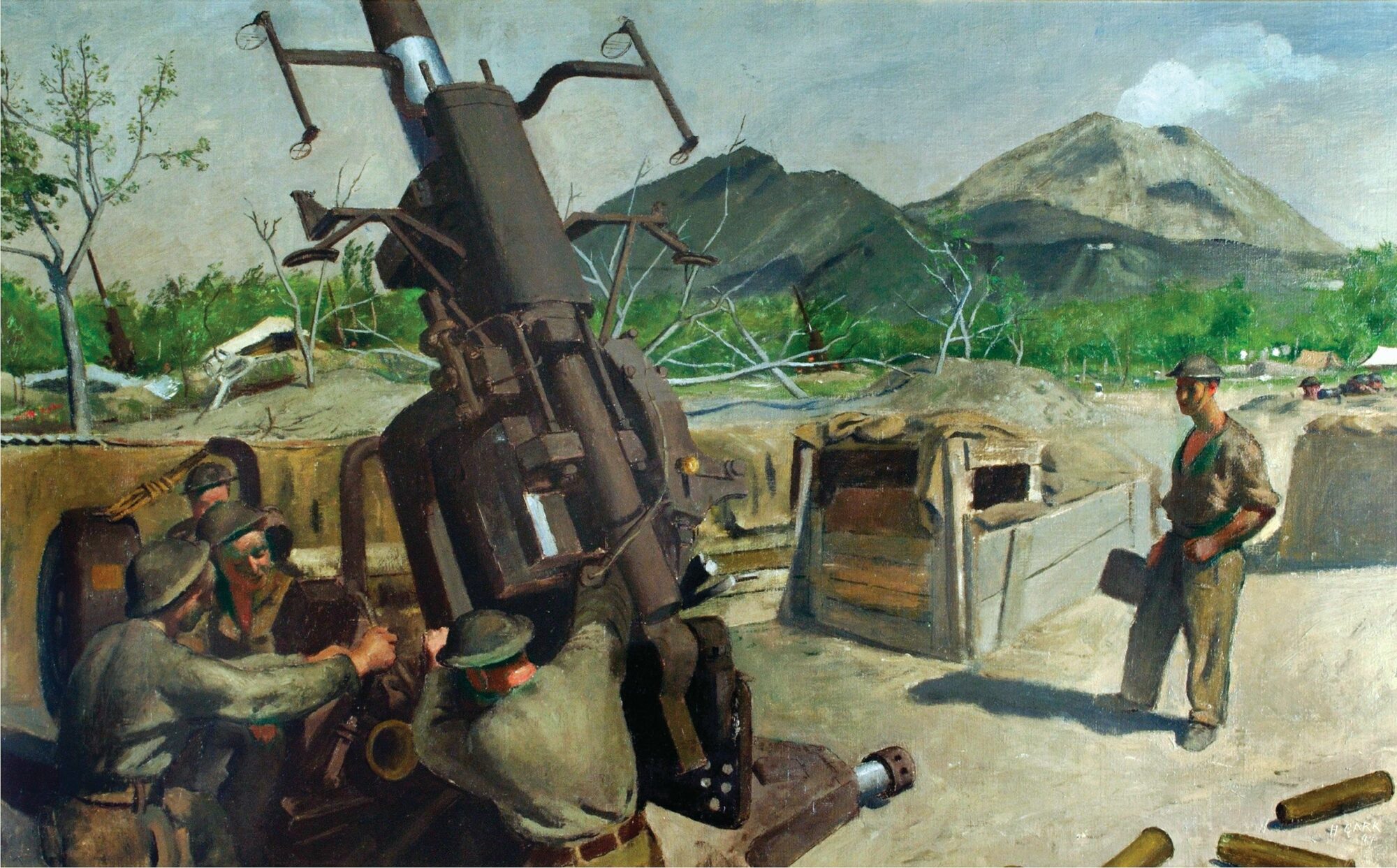
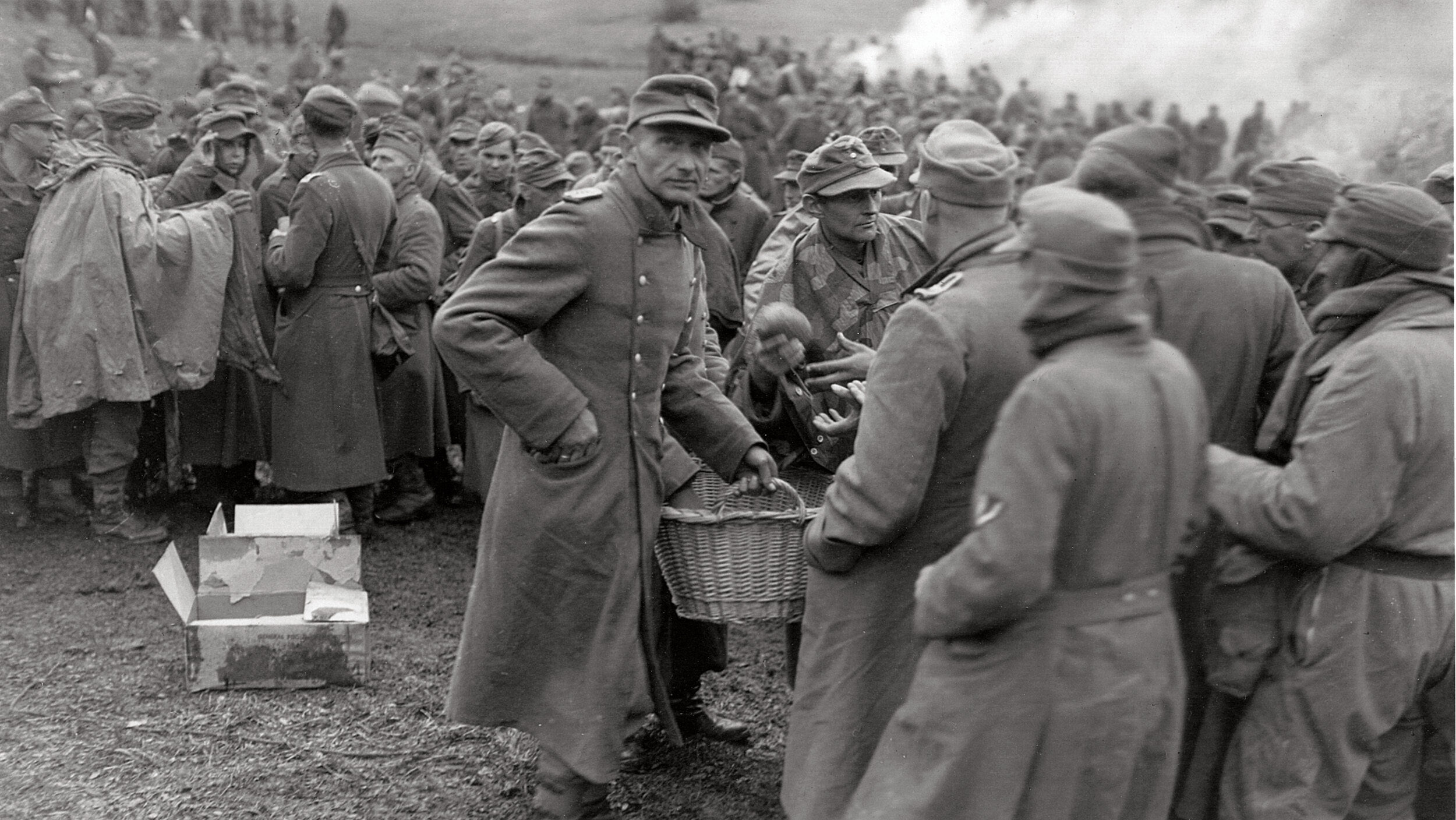
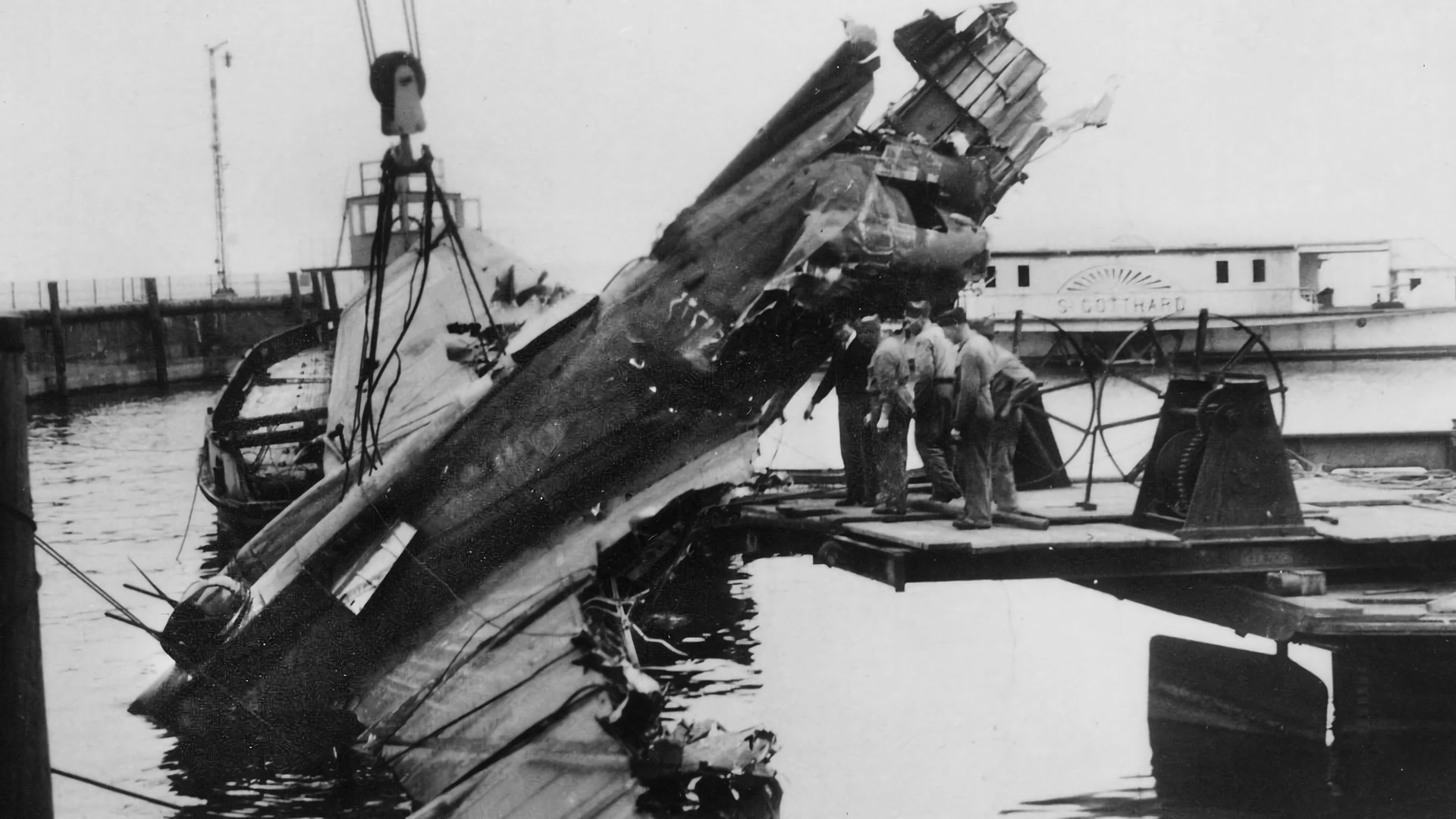

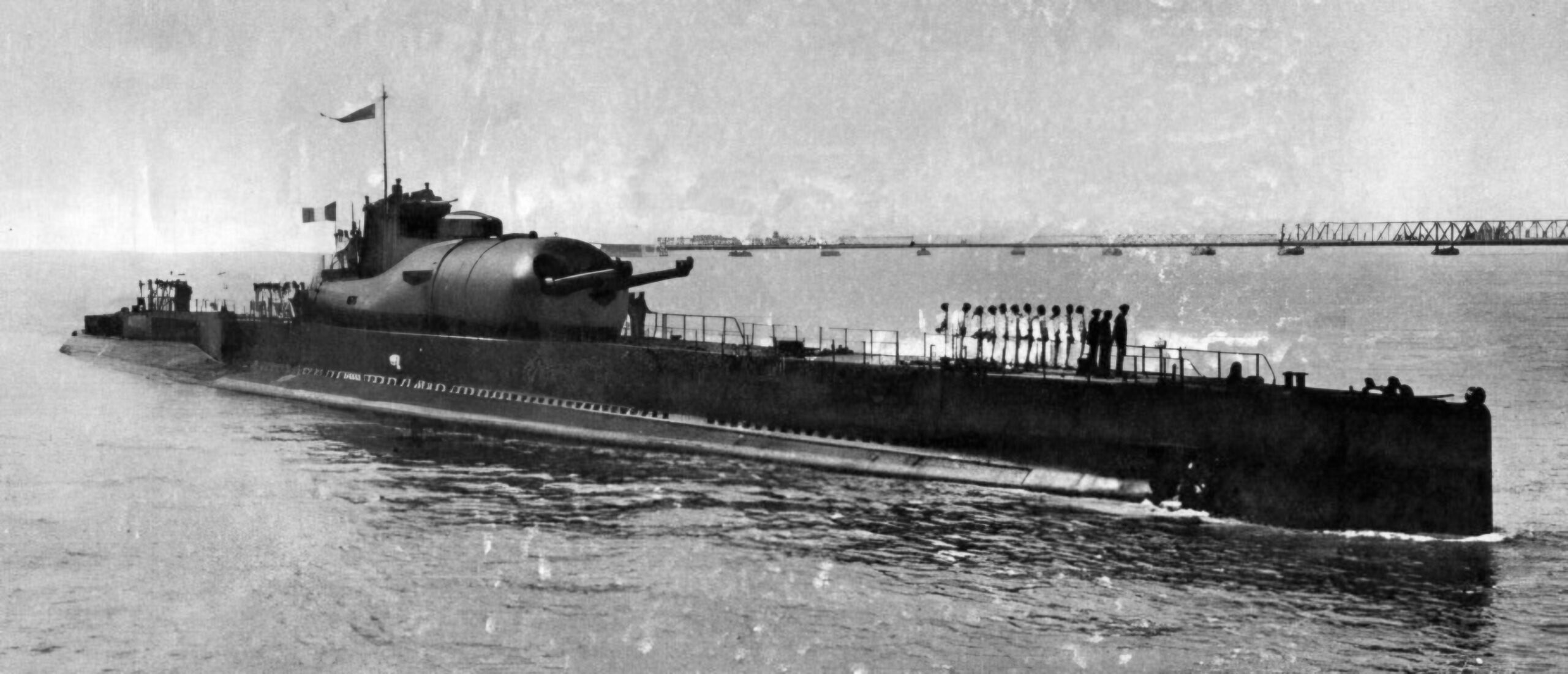
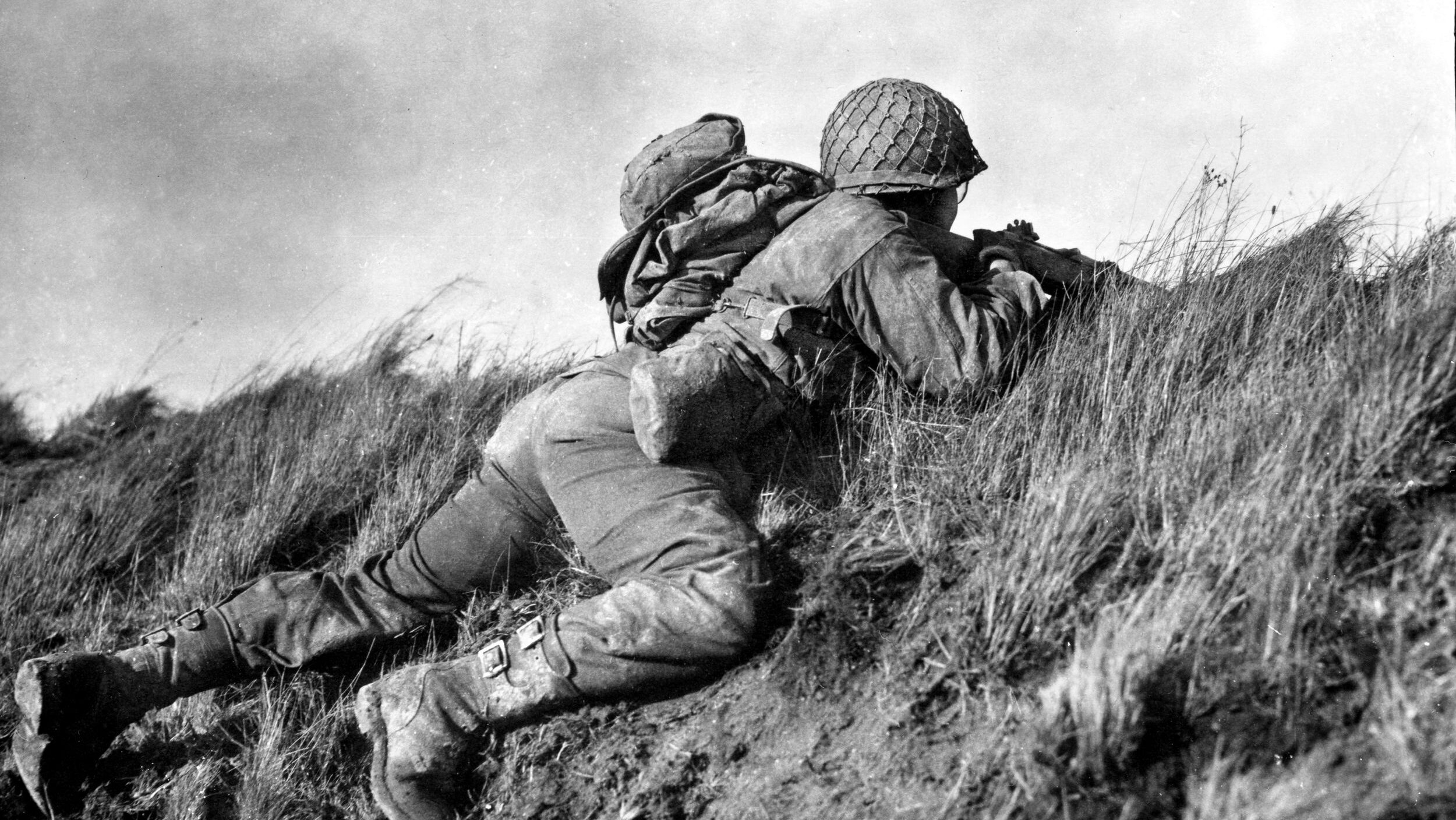
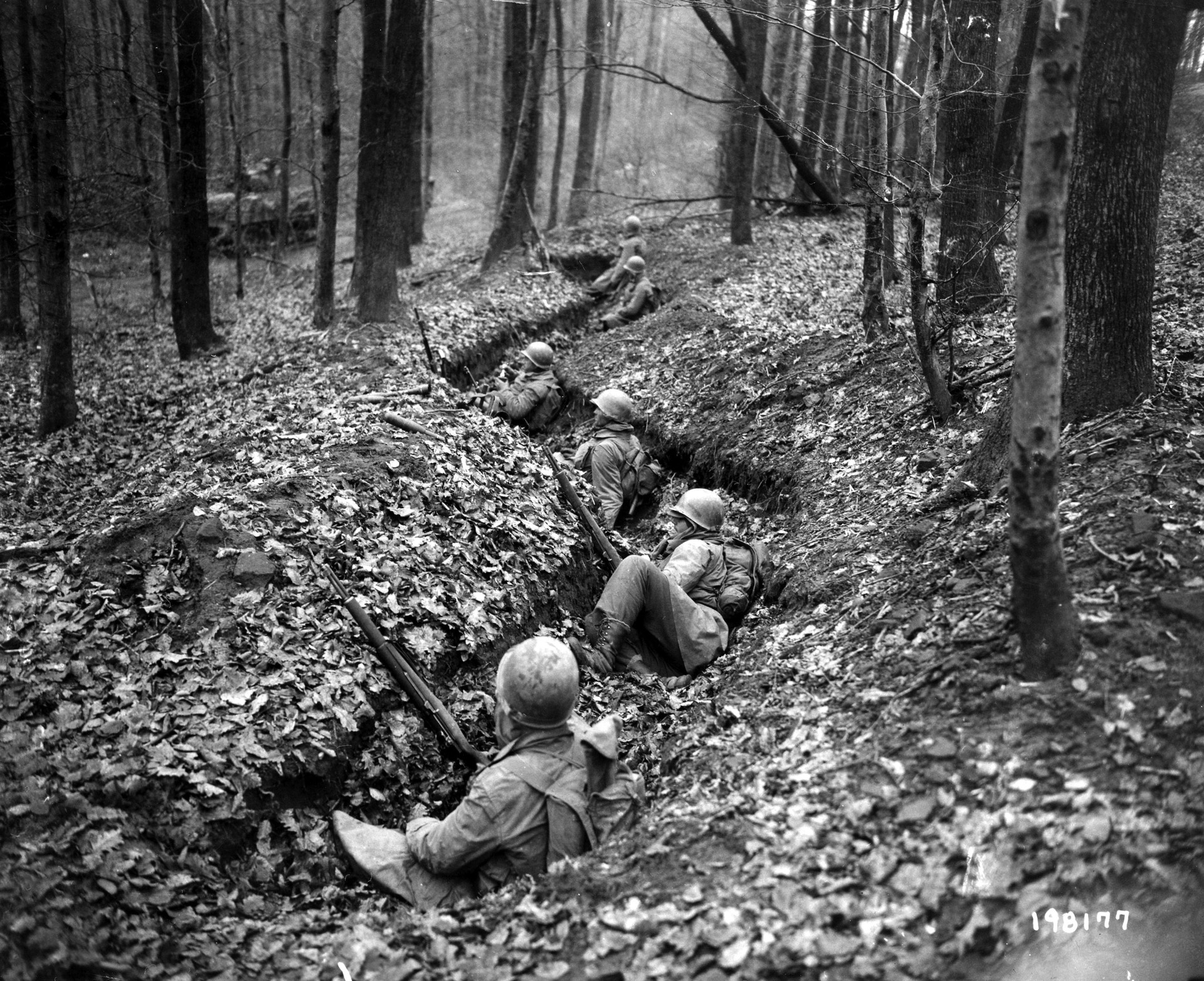
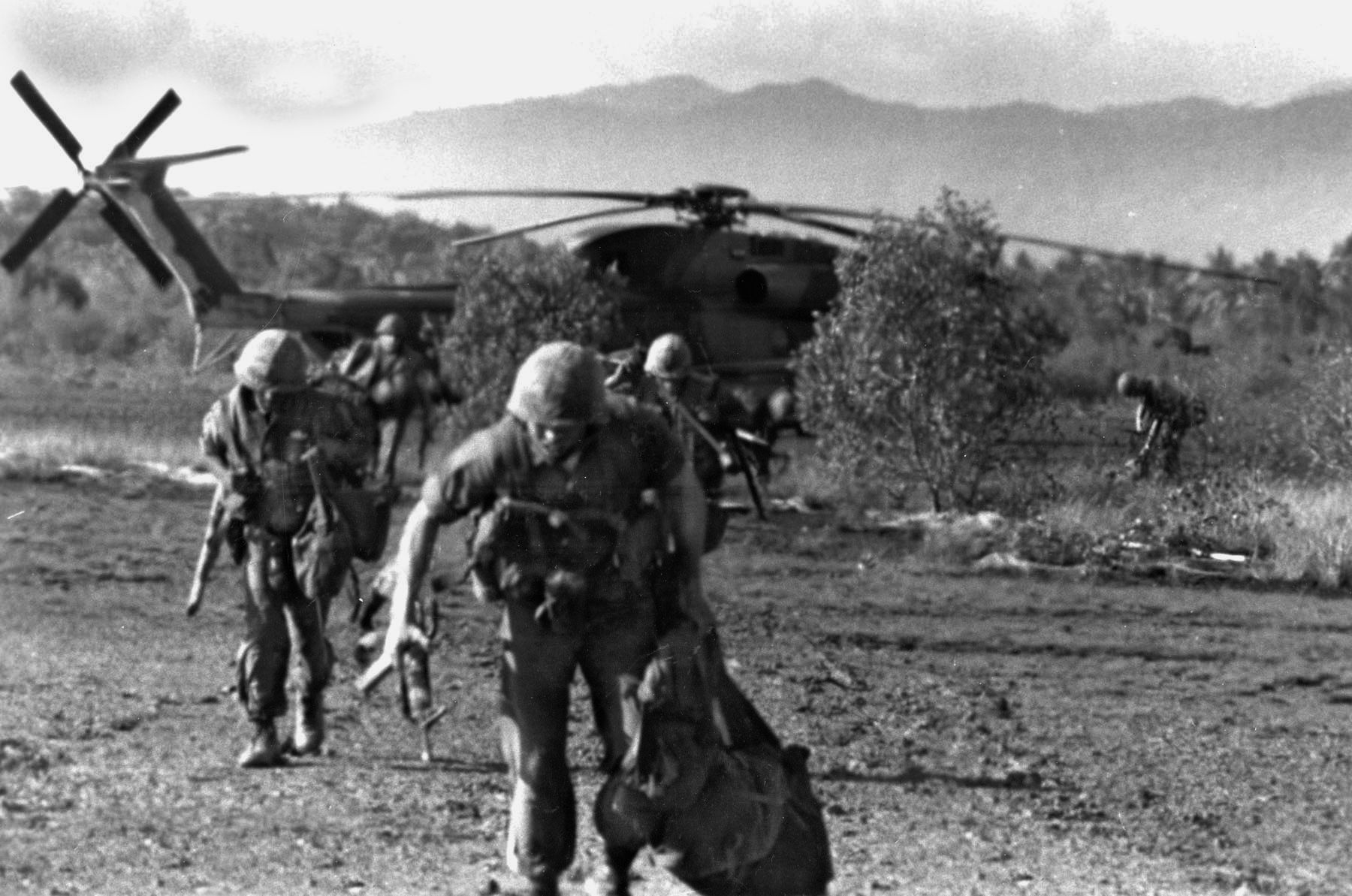
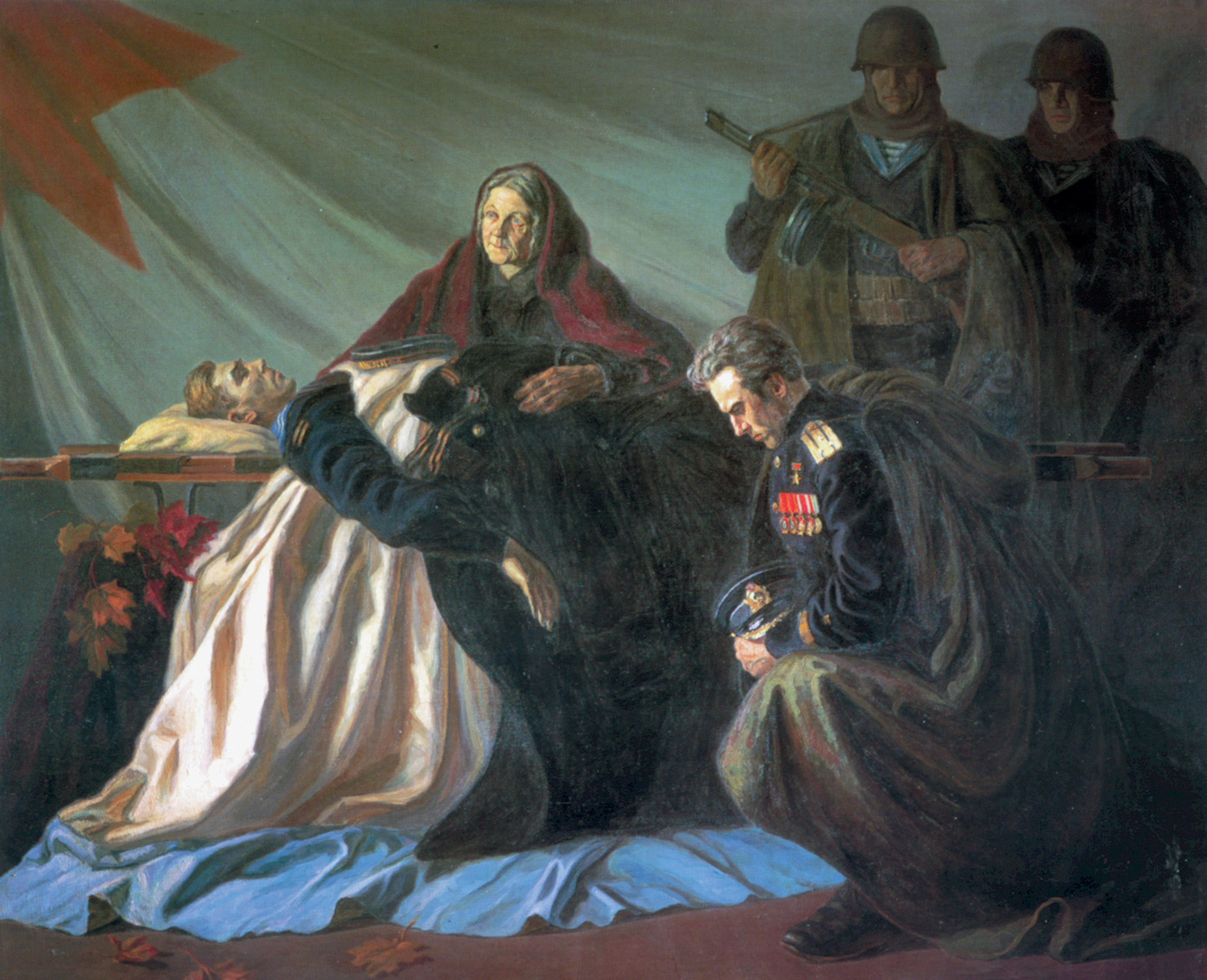
While on a couple of occasions 3.7″ guns were put on the front line in North Africa, they proved very difficult to usefully site: since the Germans were more cautious about making unsupported tank charges and initially much better at co-ordinating artillery with their attacks, the 3.7″ would come under fire as soon as it was seen; and at nine tons it was too heavy to move while being shelled. There simply weren’t many places to put one or more 3.7″ guns where they’d have a useful field of fire, yet not be obliterated as soon as they showed themselves. (Much more effective was the use of 2pdr and then 6pdr guns on “portee” mounts, able to rapidly deploy to flanking positions).
What’s often overlooked is that the 3.7″ AA was developed into the 32pdr AT gun as a planned successor to the 17pdr, on a low-angle mount with shield, and also fitted to the prototypes of the A39 “Tortoise” heavy assault vehicle; but the two lessons learned were that its piercing performance with the newly-developed Armour Piercing Discarding Sabot (APDS) ammunition was staggering, and that – tipping the scales at over five tons – even the dedicated towed AT gun was too large and heavy to be tactically viable.
Upper crust Officers muddle, politicians dither, soldiers die. Nothing ever changes